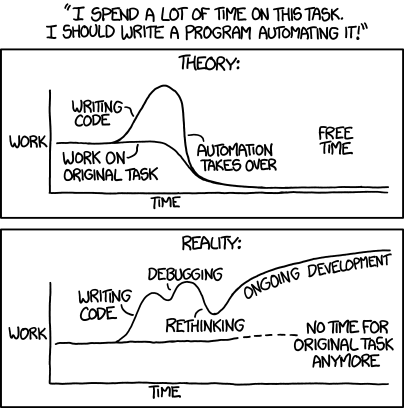Adaptive service providers in
Robotic Process Automation or RPA implementation domains are finding solutions to fill emerging service gaps in industries impacted by changes across the world at the macro-level. Traditionally, RPA is used extensively in manufacturing-intensive industries and healthcare industries. However, the newer world dynamics are driving immense adaptation and RPA use is evolving at a faster pace in services delivery as well.

Mainly business functions like outsourcing, financial services and insurance, banking, procurement outsourcing, Human Resources Outsourcing which used RPA in a limited way are being further adapted to drive exponential growth in RPA services verticals by service providers with a vision to build newer paradigms for Automated services. RPA service providers India are setting new trends, as they develop customized solutions for every industry player.
Analysts estimate that the Global Robotic Process Automation Market is poised to grow to $7.2 billion by 2025 at 32.6% CAGR (Research and Markets Report, 2020). Growth of CAGR for RPA in India is at 20% by 2025.
In the newer world framework, organizations need to make strategic decisions and consciously adopt higher technology platforms like RPA for higher efficiency, performance and cost effective ROI. For local businesses, finding the best RPA service providers is a game changer.
As the demand for robotic process automation increases market participants include Uipath, Automation Anywhere and Blue prism.
Here are some of the top globally trusted RPA service providers:











